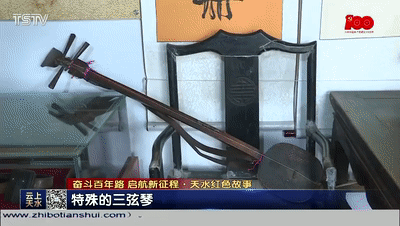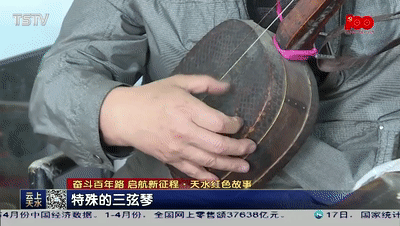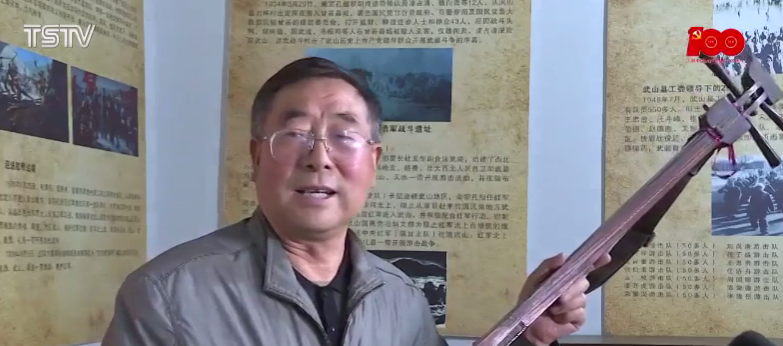Tianshui Red Story: Sending Signal the Sound of the Shaxian
The sanxian, also known as the sanxian, is a plucked instrument. There is a special guqin in the old site of the Liuping branch in Wushan of the Communist Party of China. During the Long March, local party organizations used it to send signals to the outside world to cover the safe passage of the Red Army through Wushan.

According to historical records, this guqin has been handed down for nearly 90 years. The head, neck and body are well preserved and still can make a wonderful sound. The total length of the guqin is about 122 cm. The drum is about 25 cm long and 22 cm wide. With a thickness of 9 cm, the sound is dry and the volume is loud.

From September 25, 1935 to October 8, 1936, Liu Shanggong, the then secretary of the Liu Ping branch of the Communist Party of China, actively assisted Chai Zongkong to set up a Red Army guerrilla in the local area, actively carried out guerrilla activities, and cooperated with the main force of the Red Army to go north. When Chai Zongkong arrived When the Liu Ping branch organized the party members to discuss matters, the guqin passed the signal outside until the First and Fourth Front Army of the Chinese Workers' and Peasants' Red Army passed through Wushan safely.

[Liu Shanggong's nephew Liu Maozi, the former secretary of the Liu Ping Party Branch of the Communist Party of China] When Chai Zongkong beat the Taoist drum and sang Taoqing, when he was about to walk into this gate, here Liu Shanggong heard the Taoism and the sound of the drum, and he used the sanxian. The sound of the piano conveys the signal. If it is safe, it sends a safety signal, and you can come in safely; if it is not safe, leave as soon as possible.
 渝公网安备 50010702504639号
渝公网安备 50010702504639号